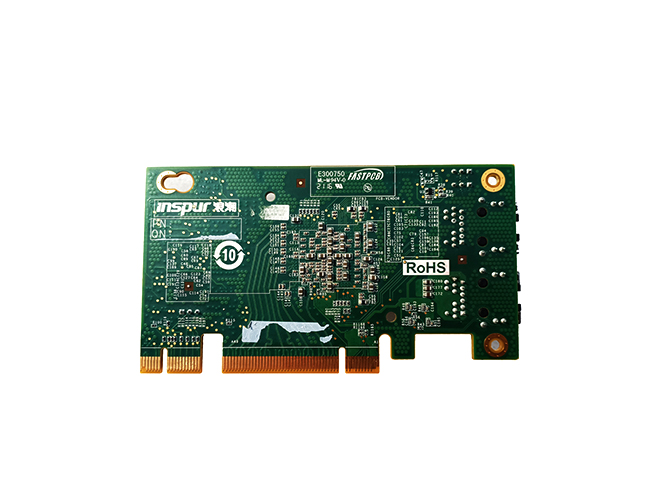-
CN
-
Service Hotline
+8618129931046 Mr. Liao


Time:2025-04-18 Views:1

Selective wave soldering has emerged as a popular soldering method in PCBA, offering several distinct advantages over traditional soldering techniques.
Precise Soldering for Specific Components
One of the key advantages of selective wave soldering is its ability to perform soldering only on specific components or areas of the PCB. In a PCBA, there may be a mix of surface - mount and through - hole components. While surface - mount components are typically soldered using reflow soldering, through - hole components often require wave soldering. However, traditional wave soldering may not be suitable when there are sensitive surface - mount components in the vicinity of the through - hole components that need to be soldered. Selective wave soldering addresses this issue by using a special nozzle that directs the wave of molten solder only to the specific through - hole components or areas that require soldering. This precision soldering ensures that the sensitive surface - mount components are not exposed to the heat and solder wave, reducing the risk of damage to these components. For example, in a PCB with high - value or heat - sensitive surface - mount integrated circuits and through - hole connectors, selective wave soldering can be used to solder the connectors without affecting the performance of the integrated circuits.
Reduced Solder Consumption and Waste
Selective wave soldering also offers significant advantages in terms of solder consumption and waste reduction. Since the solder wave is directed only to the areas that need soldering, less solder is used compared to traditional wave soldering, where the entire underside of the PCB is exposed to the solder wave. This not only saves on the cost of solder materials but also reduces the amount of solder waste generated. In addition, the ability to precisely control the amount of solder applied to each joint helps in achieving consistent and high - quality solder joints. The reduced solder waste also has environmental benefits, as it minimizes the disposal of excess solder, which may contain potentially harmful substances.
Improved Process Control and Quality
The process of selective wave soldering allows for better process control. The parameters such as the height of the solder wave, the speed of the PCB movement, and the temperature of the solder can be precisely adjusted for each specific soldering application. This level of control ensures that the soldering process is optimized for different component types and PCB designs. For example, different through - hole components may require different amounts of solder and different soldering times. With selective wave soldering, these parameters can be tailored to meet the specific requirements of each component, resulting in more reliable and high - quality solder joints. The improved process control also leads to higher production yields, as the risk of soldering defects such as solder bridges, insufficient solder joints, and component misalignment is reduced. This makes selective wave soldering an attractive option for high - volume PCBA production where quality and efficiency are crucial.
Compatibility with Mixed - Technology PCBs
In modern PCBA, there is often a need to assemble boards with a mix of different technologies, including surface - mount, through - hole, and even some newer technologies like chip - on - board (COB). Selective wave soldering is highly compatible with such mixed - technology PCBs. It can be integrated into a production line that also includes reflow soldering for surface - mount components. This allows for a seamless manufacturing process where different types of components can be soldered using the most appropriate method. The ability to handle mixed - technology PCBs makes selective wave soldering a versatile solution for PCBA manufacturers, enabling them to meet the diverse requirements of their customers in terms of component selection and board design.